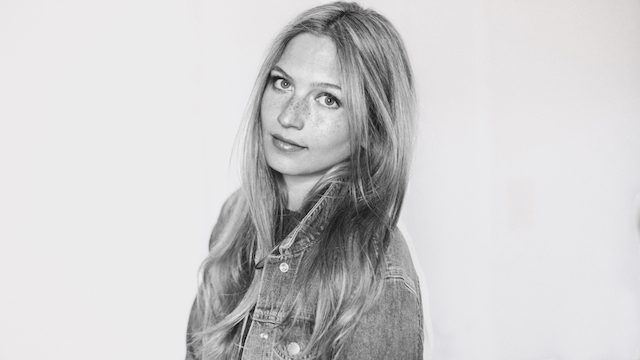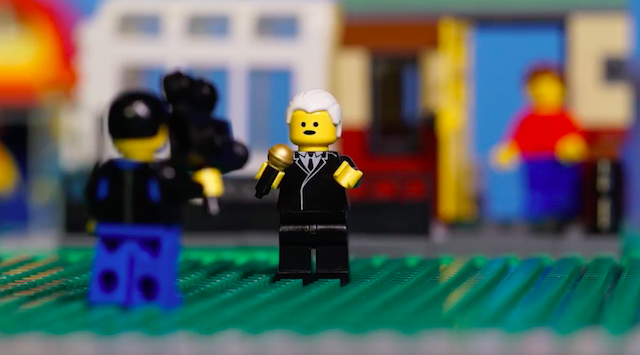I used to be an anomaly.
When I arrived in the 10th-largest market in the country, I was one of the few who worked as a solo video journalist – or a reporter who shoots and edits my own stories. There were maybe a handful of us, and the newsroom wasn’t geared towards our interests.
More than a decade later, the state of my newsroom – and most others – has been upended.
According to the latest RTDNA survey, more than 90% of local TV newsrooms use solo video journalists – or multimedia journalists, or MMJs. More than half of newsrooms in market 51 or lower use “mostly” MMJs, and four out of five newsrooms in Top 25 markets use them in some way. Soloists are no longer a position of the future; we are present across the board in local news, and we’re finding opportunities beyond broadcast as well.
But for a long time, no book existed that offered a comprehensive overview of the position and gave instructions and advice specifically designed for it.
That’s why I wrote one.
Four years ago, I announced the release of The Solo Video Journalist, which featured interviews with nearly a dozen MMJs and broke down every step of the solo storytelling process, from shooting to interviewing to writing to editing.
Today I’m thrilled to announce The Solo Video Journalist, 2nd Edition, with more interviews, significant updates, and advice tailored to the updated landscape of video journalism.



